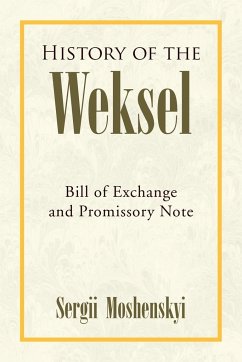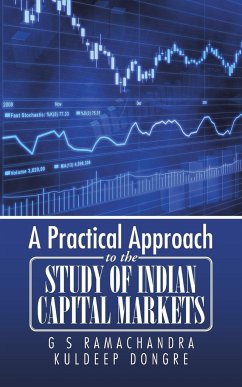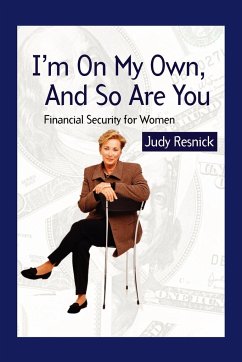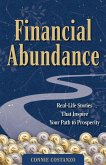This antiquarian book contains John Maynard Keynes¿s 1913 treatise on the Indian economy, "Indian Currency And Finance". His first book, it explores the beginnings of the philosophies of macroeconomics and government intervention into economic matters, that would characterise his later work. Keynes discusses how changing from a silver to a gold standard impacted the Indian economy, gives a brief history of the gold standard, explores some surprising differences between coins and paper currency, analyses governmental policies regarding reserves and cash balances, and weighs up the strengths and weaknesses of the contemporary Indian banking system. John Maynard Keynes (1883 - 1946) was British economist. His notable works include: "The Economic Consequences of the Peace" (1919), "The End of Laissez-Faire" (1926), "The Means to Prosperity" (1933), and "Interest and Money" (1936). Many vintage texts such as this are increasingly scarce and expensive, and it is with this in mind that we are republishing this volume now in an affordable, modern, high-quality edition. It comes complete with a specially commissioned new biography of the author.
Hinweis: Dieser Artikel kann nur an eine deutsche Lieferadresse ausgeliefert werden.
Hinweis: Dieser Artikel kann nur an eine deutsche Lieferadresse ausgeliefert werden.








